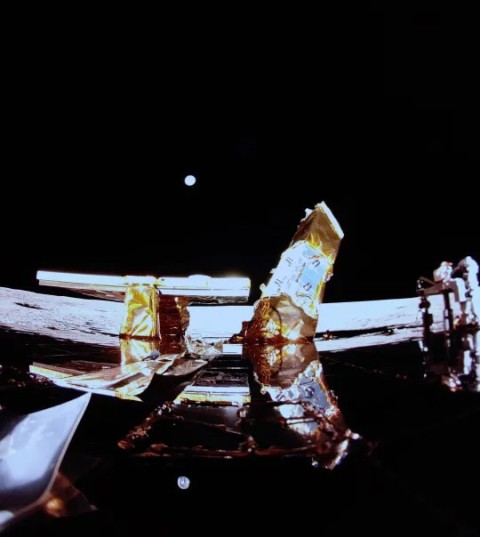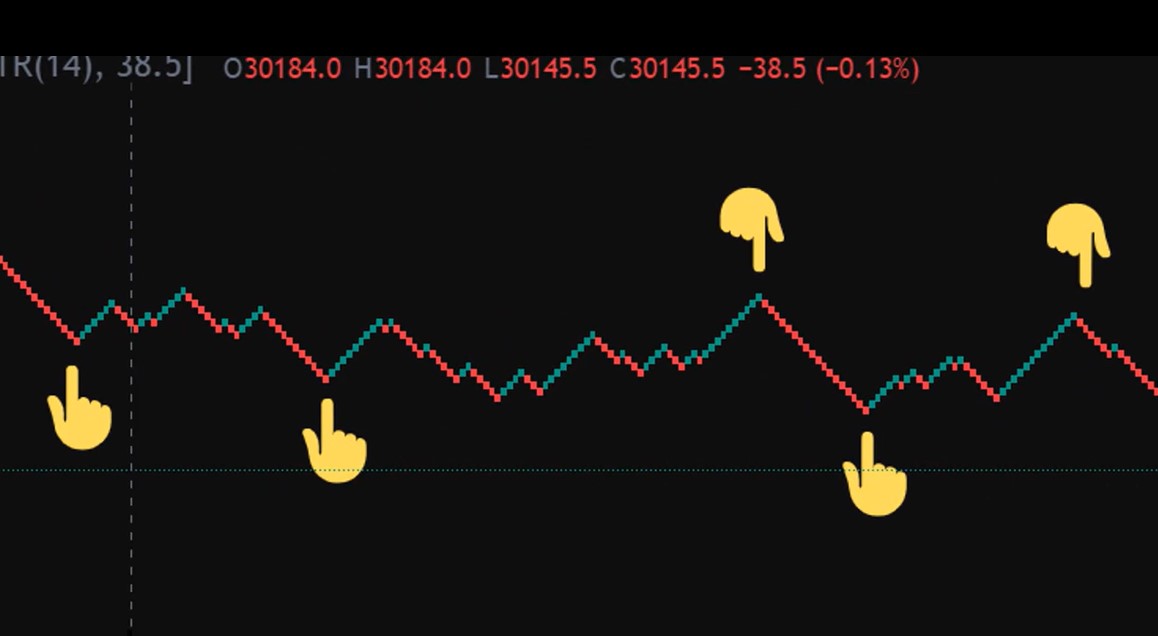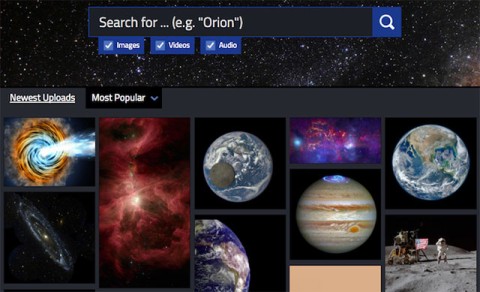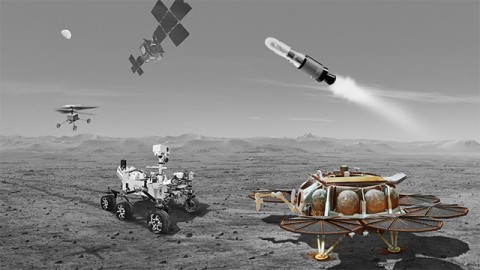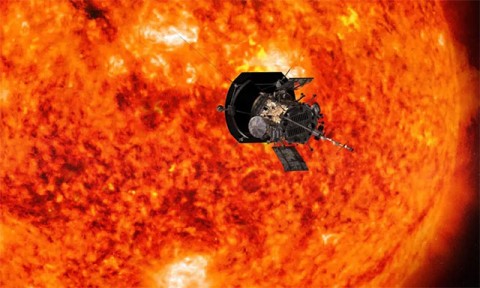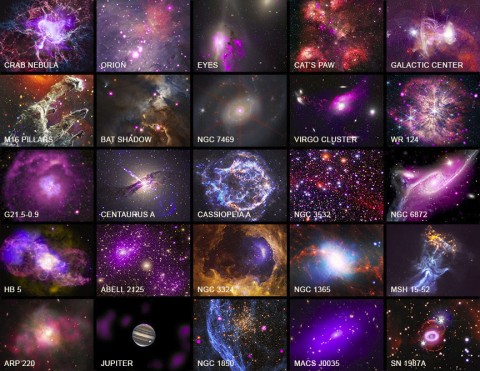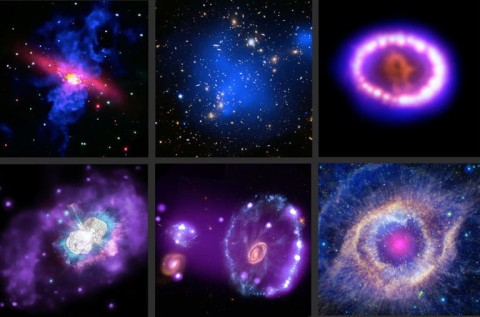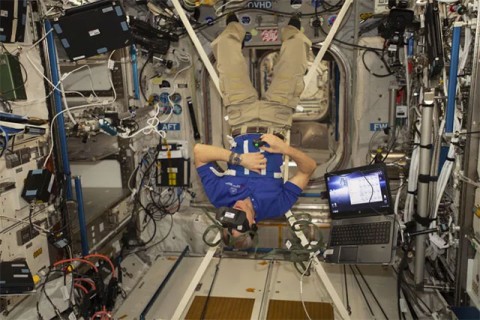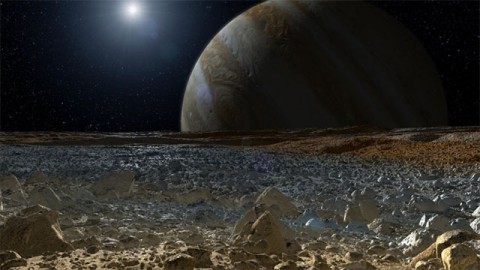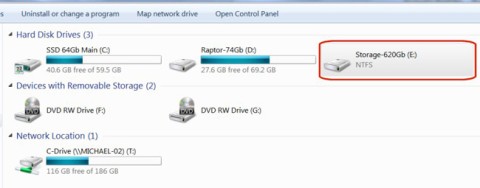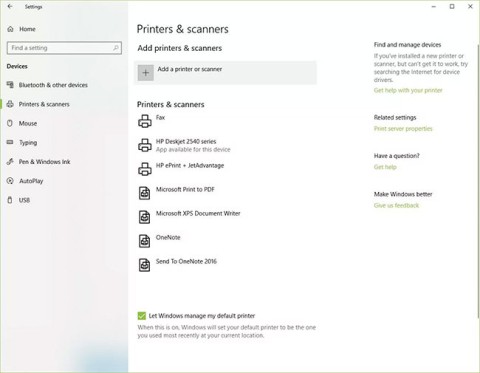One of the world’s leading energy companies BP has signed an ambitious partnership with NASA, aiming to use advanced mining technology available on Earth to drill for hidden resources on the Moon. Oxygen and water will be the initial targets of the pilot project to support human life, with iron and other rare earths to be considered later as mining operations expand.
The agreement, announced this week, says the two companies will work together to “support shared goals in space exploration and energy production.” The agreement includes sharing technology and technical expertise, particularly on how energy production works in extreme environments. This could apply to NASA’s future plans for exploration of the moon and Mars.
BP is well known for its experience in mining minerals in harsh environments on Earth, while NASA is the sole operator of a number of autonomous vehicles exploring the surface of Mars.
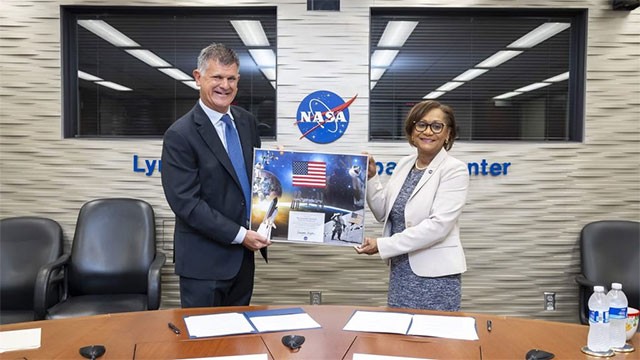
Not long ago, the US Aeronautics and Space Administration also officially announced plans to begin exploiting resources and minerals from the Moon in the next decade.
NASA estimates that the Moon has "hundreds of billions of dollars worth of untapped resources." Not only the US, but several other countries are also looking to exploit the Moon's resources.
NASA is currently researching technologies such as using nuclear reactors to generate power, as well as expanding the solar power systems commonly used in many spacecraft and landers. Nuclear power has the advantage of stable power output, but also comes with safety concerns during operation. In contrast, solar power is becoming more efficient, but still has limitations such as solar panels becoming covered with dust over time, causing a decrease in efficiency.
The new deal between NASA and BP could also mark a milestone in further development of energy options such as hydrogen and renewable fuel cells, along with high-capacity batteries vital for sustainable solar power, and nuclear options such as small fission systems.
BP’s advanced drilling technology is also expected to work on Mars, where there is virtually no liquid water on the surface. However, the planet is thought to contain significant amounts of liquid water below, so digging to access it could be a way to produce a vital water source.
